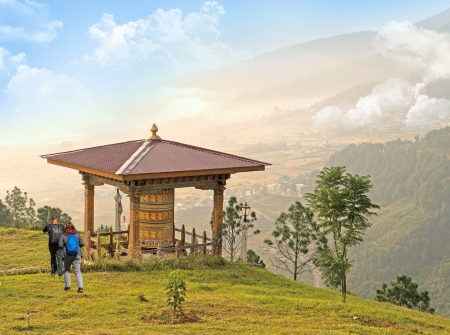
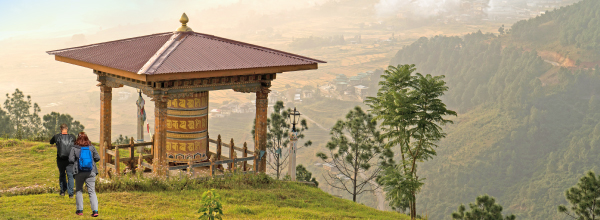
Sangchhen Dorji Lhuendrup

Sangchhen Dorji Lhuendrup
Looking for an itinerary to travel with us? Contact us
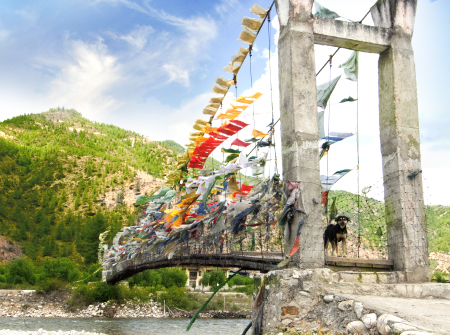
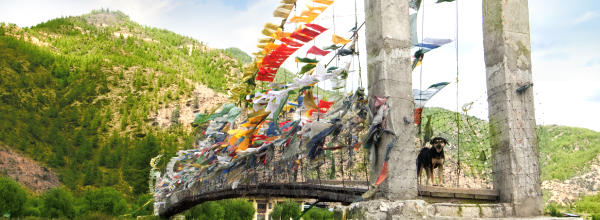
Haa Valley

Haa Valley
Looking for an itinerary to travel to Haa valley? Contact us
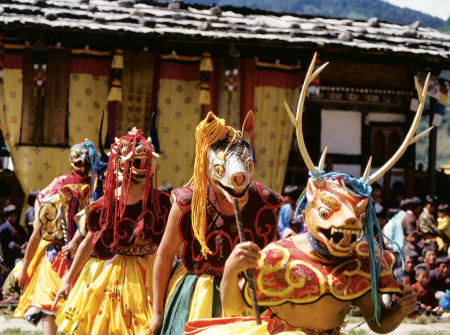
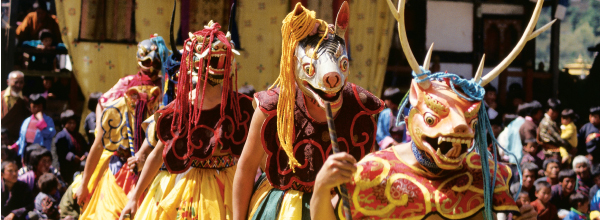
Talo Village And Monastery


The beauty of the Land of the Thunder Dragon or Bhutan can’t be put into words. Nestled amidst the Himalayas, this tiny hill country seems to have mastered time. It still lies cocooned in the comforts of the past, while embracing only the best of modernism and discarding the rest. Gross Domestic Produce takes a backseat to Gross National Happiness. Traditions are fiercely guarded and the claws of excessive commercialisation or so-called development are kept at bay. The dense jungles, gigantic mountain passes, verdant valleys, endearing little hamlets, rolling farmlands and rice-terraced hill slopes make the heart sing with joy. The landscape is punctuated by dzongs (fortresses), chortens (shrines) and other captivating bits of local architecture. Just one of the many such sights is the Tiger’s Nest – this white-washed monastery perilously clings to a rock face at a vertiginous height overlooking deep yawning valleys.
The sense of being ensconced in a time capsule gets all the more pronounced as you come across locals dressed in traditional costume – the national gho and kira dress. The people are simple, gracious and dignified. The surreal landscape is ideal for cycling trips and walking tours. Take your pick from scores of challenging treks and gentle hikes as well as tough off-roading cycling tours and pleasant rides. Veteran trekking enthusiasts may have heard of the Snowman Trek in Bhutan; it’s one of the world’s hardest high-altitude treks. Kayaking and rafting are also very popular. While you will enjoy the outdoors for sure, it would also be a lovely idea to heal your mind, body and soul. Simply put, many of the spas in Bhutan follow age-old wisdom and offer holistic healing therapies. In terms of cuisine, Bhutan is high on chilli, cheese, meat and rice – there’s a lot of emphasis on spiciness. The people are also highly environment conscious and do their best to preserve their country’s pristine locales. Bhutan is mesmerising indeed!
























 C - 30
C - 30 C
CLike other seasons, summer touches different parts of the country in different ways. In Southern Bhutan, temperatures may cross 30⁰ C, while in the mountain regions, the temperatures may not even exceed 10⁰ C. Similarly, the east is warmer than the west. Having said that, let’s also tell you that the monsoons tend to overlap with the summer month of June and bring down temperatures. Overall, the summer season is a wonderful time to tour Bhutan.
 C - 16
C - 16 C
CThe cool sunny days are perfect for exploring the outdoors. As the east-west highway is largely snowbound during winter, it’s a great time to visit the western districts of Paro, Wangdue, Punakha, Thimphu and Haa. Winter is also perhaps the best time to visit the beautiful Gangtey (Phobjikha) valley and take in the sight of the expansive rolling plain dotted with bamboo shrubs. The graceful Black-Necked Cranes fly in from the Tibetan plateau to roost in the plain and offer you splendid opportunities for wildlife photography. One also gets the chance to take in some of the best views of Gangkar Puensum, Bhutan’s highest mountain peak, as the skies are bright and sunny. Make sure that you stop at Dochula Pass on your way to Punkaha to enjoy these views.


Taj is known as the monument of love and a symbol of absolute architectural perfection. Tell us more about your preferences, and we promise to make your time at Taj an unforgettable experience:

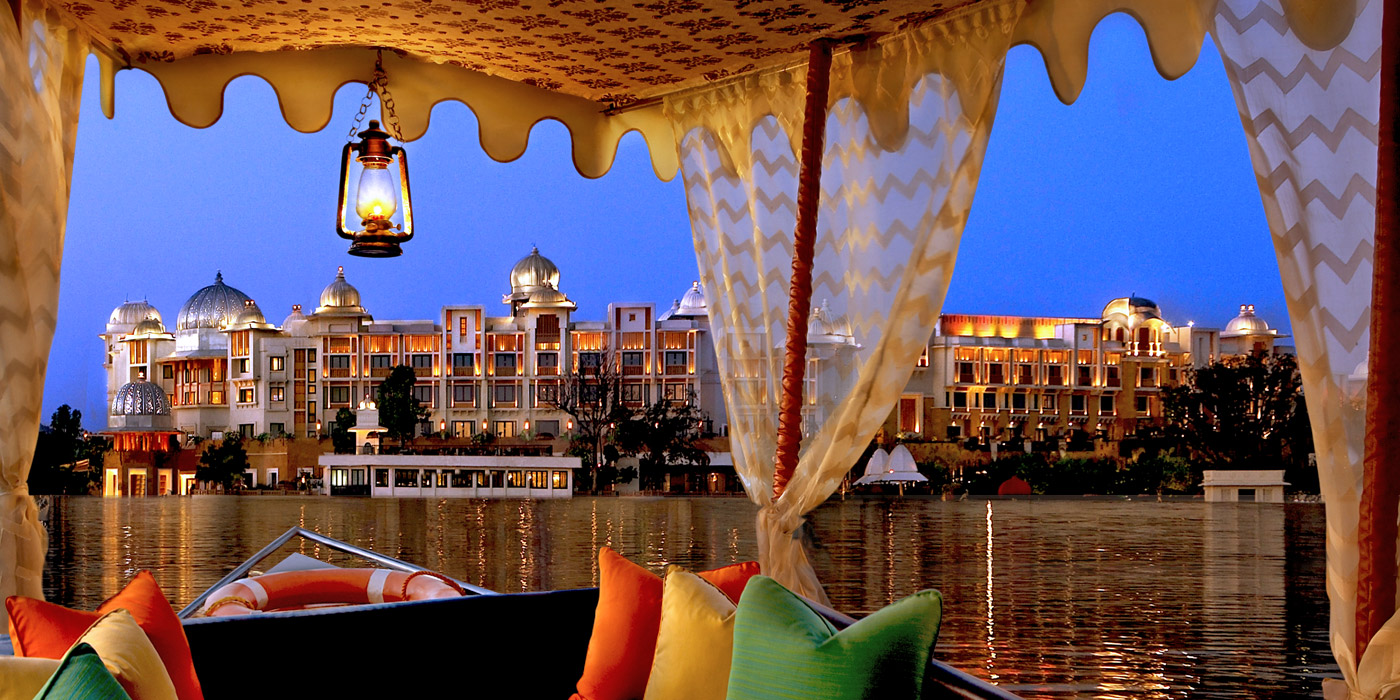
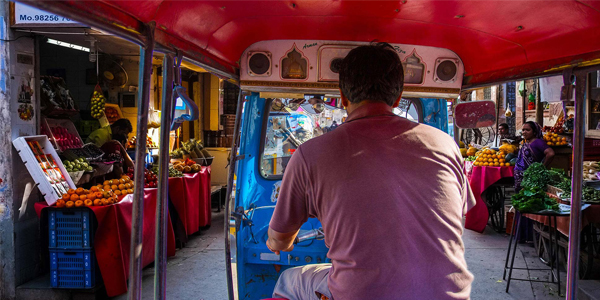
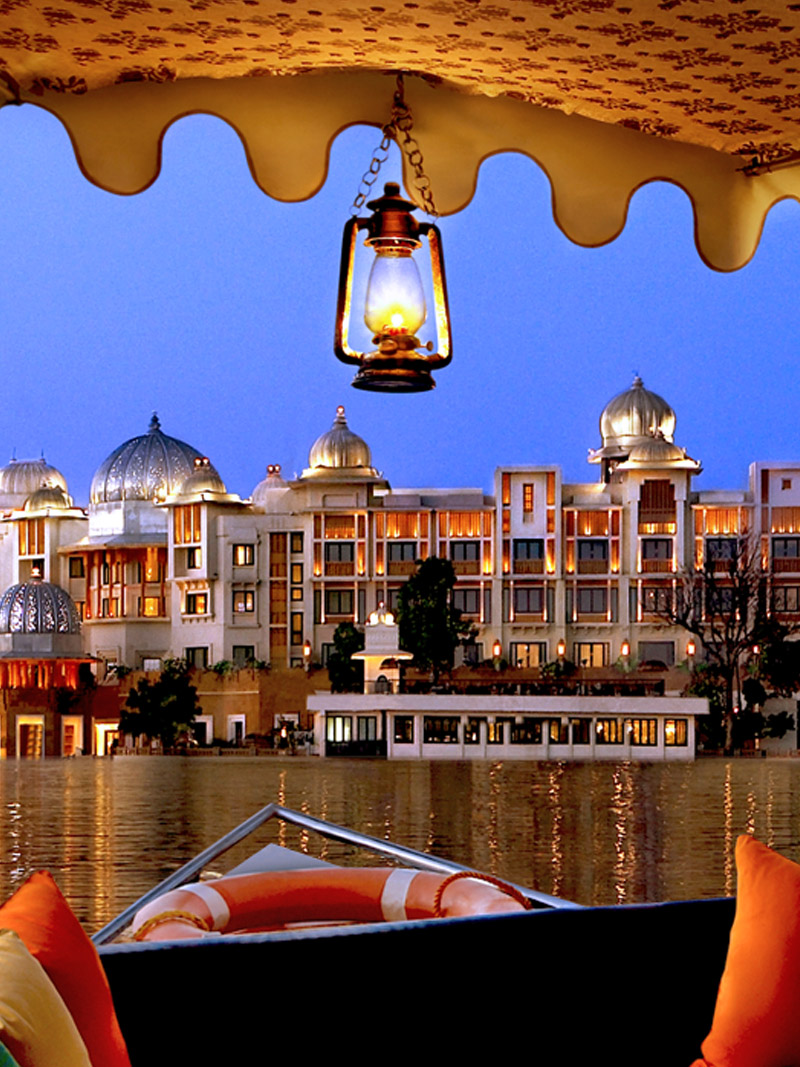
Sign up for travel updates, exclusive offers & inspiration!